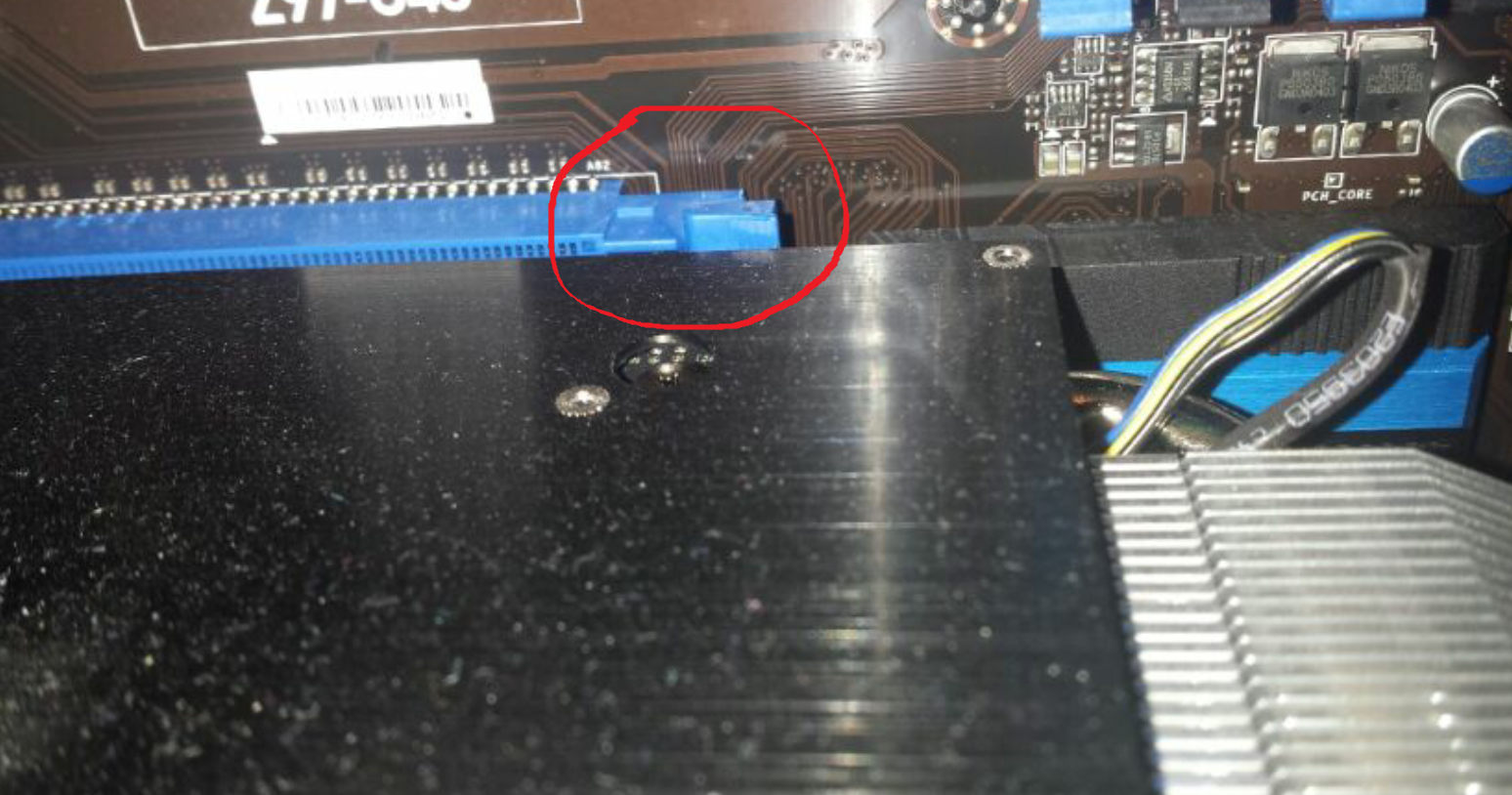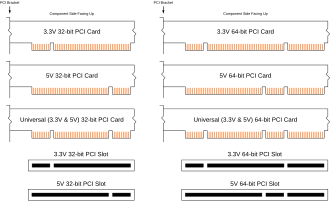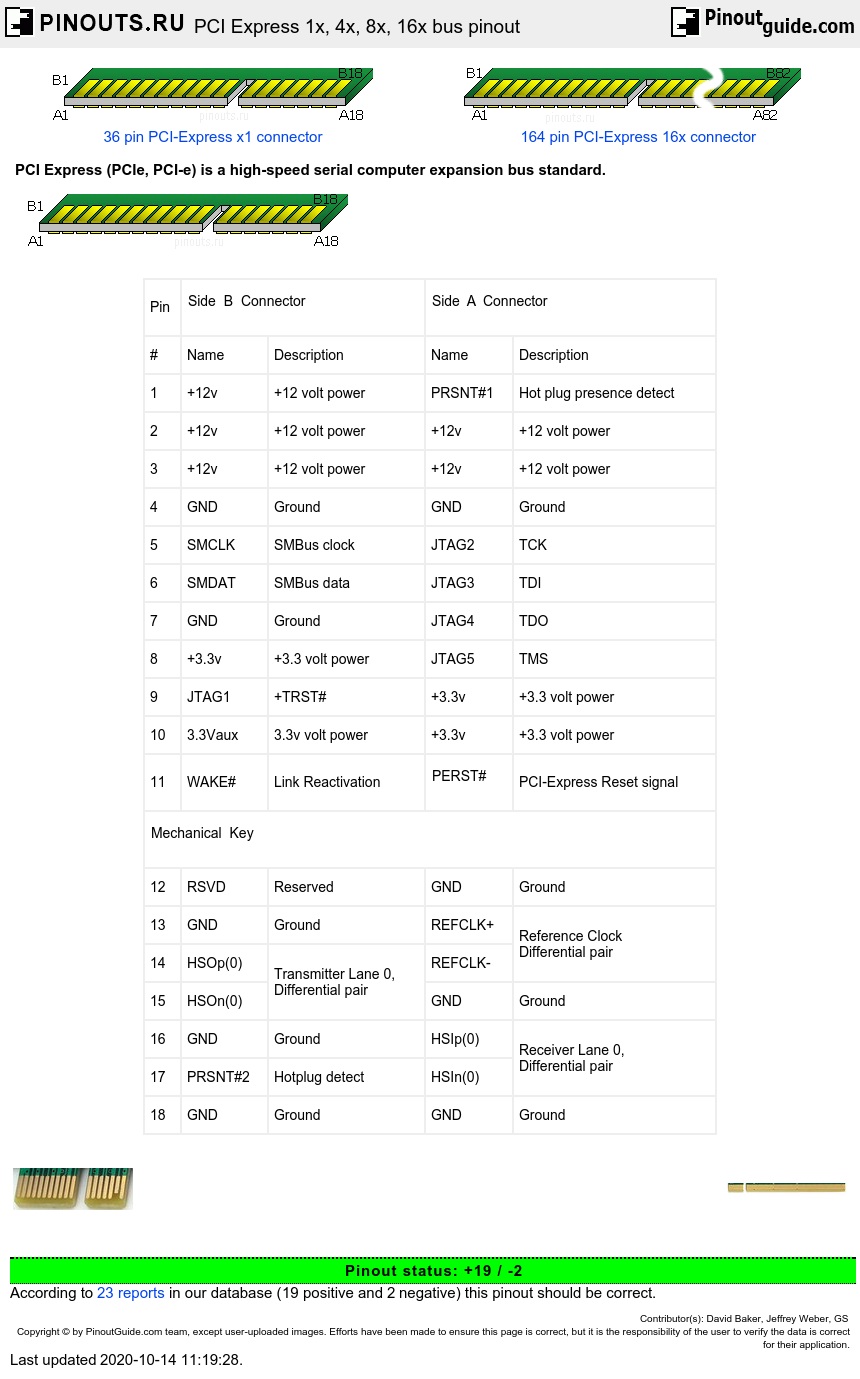Define Pci Slots
Posted : admin On 3/25/2022PCI Slots PCI supports bus mastering, 32 and 64-bit data paths and runs at 33 or 66 MHz. The slot quantity is based on 10 electrical loads that deal with inductance and capacitance. The PCI chipset. The usecase is that user puts in high performing PCIe card to low performing PCIe slot. Let us say card is capable of supporting PCIE3.0 with 16 bit, but the end user inserts this in to the slots of lower standard (PCIE2.0) or to lower bus width (8 bit).
Define Pci Slots Games
Stands for 'Peripheral Component Interconnect.' PCI is a hardware bus used for adding internal components to a desktop computer. For example, a PCI card can be inserted into a PCI slot on a motherboard, providing additional I/O ports on the back of a computer.
The PCI architecture, also known as 'conventional PCI,' was designed by Intel and introduced in 1992. Many desktop PCs from the early 1990s to the mid 2000s had room for two to five PCI cards. Each card required an open slot on the motherboard and a removable panel on the back of the system unit. Adding PCI cards was an easy way to upgrade a computer, since you could add a better video card, faster wired or wireless networking, or add new ports, like USB 2.0.

The original 32-bit, 33 MHz PCI standard supported data transfer rates of 133 megabytes per second. An upgraded 64-bit, 66 MHz standard was created a few years later and allowed for much faster data transfer rates up to 533 MHz. In 1998, IBM, HP, and Compaq introduced PCI-X (or 'PCI eXtended'), which was backwards compatible with PCI. The 133 MHz PCI-X interface supported data transfer rates up to 1064 MHz.

Both PCI and PCI-X were superseded by PCI Express, which was introduced in 2004.

Define Pci Slots
Updated: June 25, 2018